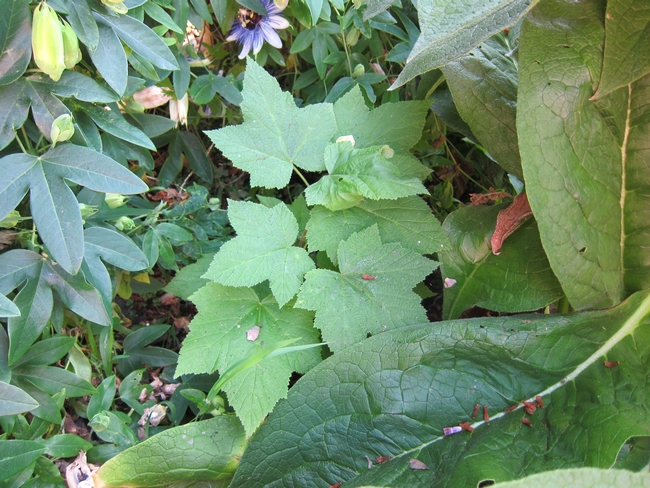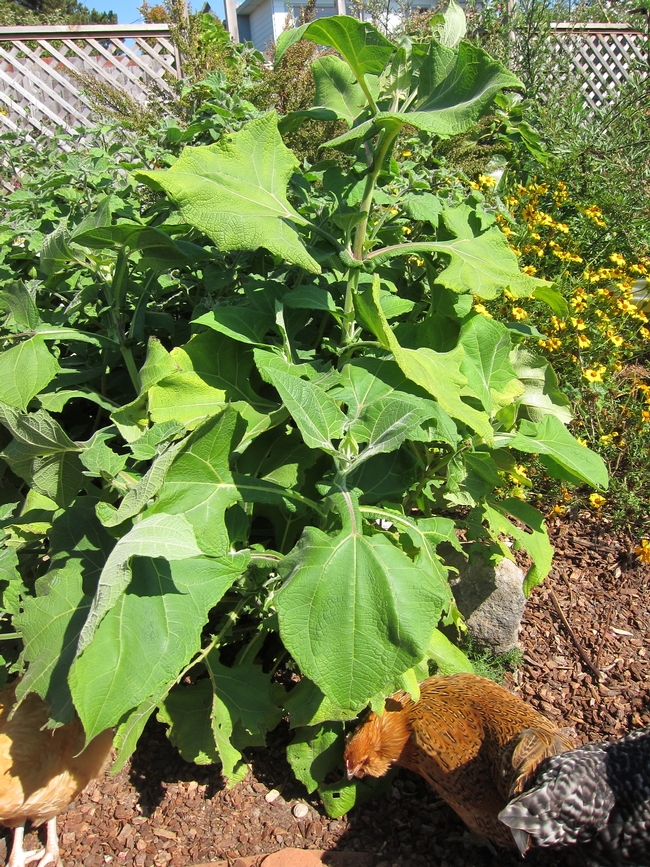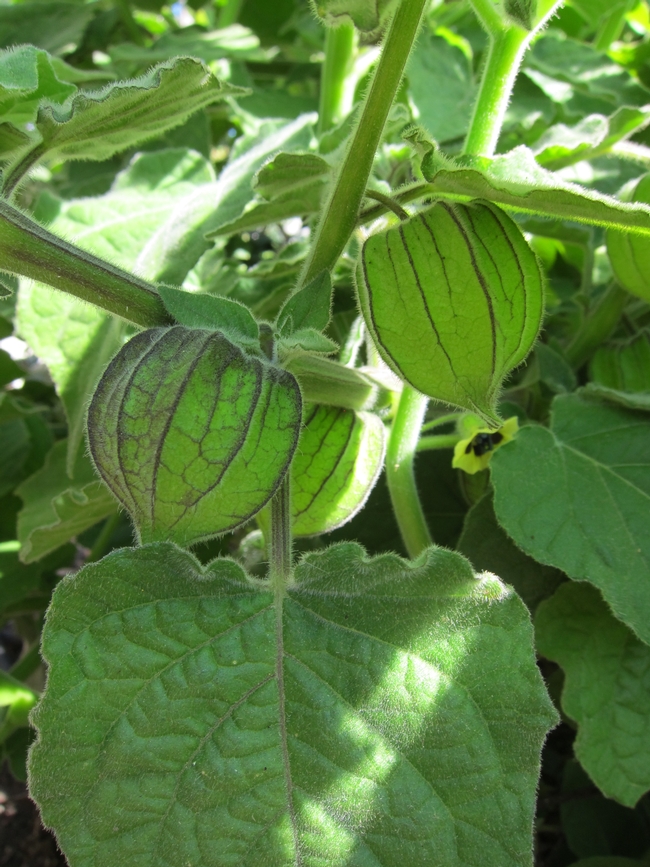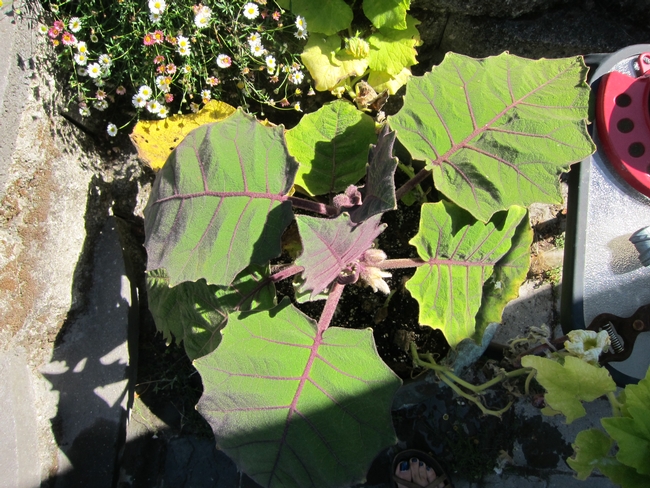- Posted By: Molly Wahl
- Written by: Molly Wahl, Master Gardener
As promised, this entry will be about some of the more experimental plants I have tried to grow this season in my garden. Since finishing my permaculture design course, I have been really interested in edible perennial plants. Although they take a bit more effort to get established, they often need less ongoing care than tender annuals. They usually have better established root systems so they are more able to access ground water and nutrients. They also typically have fewer issues with pests and environmental disorders (granted this is a conclusion drawn from just my own backyard observations). So, at a time of increasing awareness around issues such as fertilizer run-off, pesticide impact, and water usage, edible perennials seem like an interesting area to explore.
Most of the more exotic perennials in my yard I had to install as seedlings from a few local nurseries that have started to capitalize on the current edibles trend. Here in the East Bay, we are pretty lucky- Annie's Annuals, The East Bay Nursery, and Spiral Gardens Nursery all have an interesting selection of edible perennials. But, if you really want to have your mind blown, you MUST attend the Merritt College Plant Sale. This sale happens in the spring and fall--the next one will be held next month on October 1st and 2nd. The Landscape Horticulture Department’s head propagator, Anders Vidstrand, has an eye for the unusual, and as a result, I had a hard time staying rational in my plant buying last spring. I suddenly had visions of an orchard composed entirely of different guava varieties such as pineapple guava, strawberry guava, Mexican Cream, Beaumont Red, etc. But, reality impinged on my rosy, guava-colored daydreams and upon further contemplation of the size of my yard, I decided to narrow my selection.
I am always very excited about plants that yield sweet fruits, and as a result I have planted a number of different berries and guavas. I have a Thimbleberry (Rubus parviflorus) planted in a shady, moist part of my yard that seems fairly healthy although it hasn’t put on as much growth as I would like, and it definitely hasn’t yielded any fruit. A couple of weeks ago while camping, I came across some wild thimbleberry plants that had a few berries. I, of course availed myself of them, and their yummy, slightly figgish flavor re-inspired my hopes for my small backyard baby. In addition to the Thimbleberry, I have also planted a Pineapple Guava (Feijoa sellowiana) and three Chilean Guavas (Ugni molinae) as my nod to the orchard of my dreams, a native Huckleberry (Vaccinium ovatum), and a native Currant (Ribes aureum var. gracillimum.)

Thimbleberry (at center)
But in case those plants aren’t quite odd-ball enough for you, I have a few other wacky selections that might tickle your fancy. I am a lover of potatoes both because they are tasty and because I love digging them out of the ground. So, I decided to look into a couple of other plants that have edible roots or tubers. I tried Mashua (Tropaeolum tuberosum) in my vegetable garden with its nasturtium-like leaves, and it looked good for awhile, but recently succumbed to a lack of water. In another area of my yard that receives more water (and lots of chicken poop) I have planted a Yacon (Smallanthus sonchifolius) that is doing really well. In the winter after the first frost I will try to harvest some of the tubers.

Yacon with Chickens for Scale
I also planted a Cape Gooseberry (Physalis peruviana) and a Ground Cherry (Physalis pruinosa 'Aunt Molly’s'). The Gooseberry is about five feet tall, and has lots of small fruit that when covered in their papery calyx look like small, fairy lanterns. The Ground Cherry is much more prostrate than the Gooseberry, as one might expect of something with the word “ground” in the name, and its fruit is delicious. Some say it tastes like pineapple with hints of vanilla, but my husband swears they taste like croissants. I am currently trying to save enough to make some type of preserve, but somehow I just keep eating them!

Cape Gooseberry
As you can tell, I am hooked on edible perennials. I have run out of space and I haven’t even told you about the beautiful Scarlet Runner Beans (Phaseolus coccineus) or the otherworldly Naranjilla (Solanum quitoense). I hope that you will start experimenting with some of these plants in your own yard. And, maybe I will see you at the Merritt Plant Sale in October!

Naranjilla in a Pot

